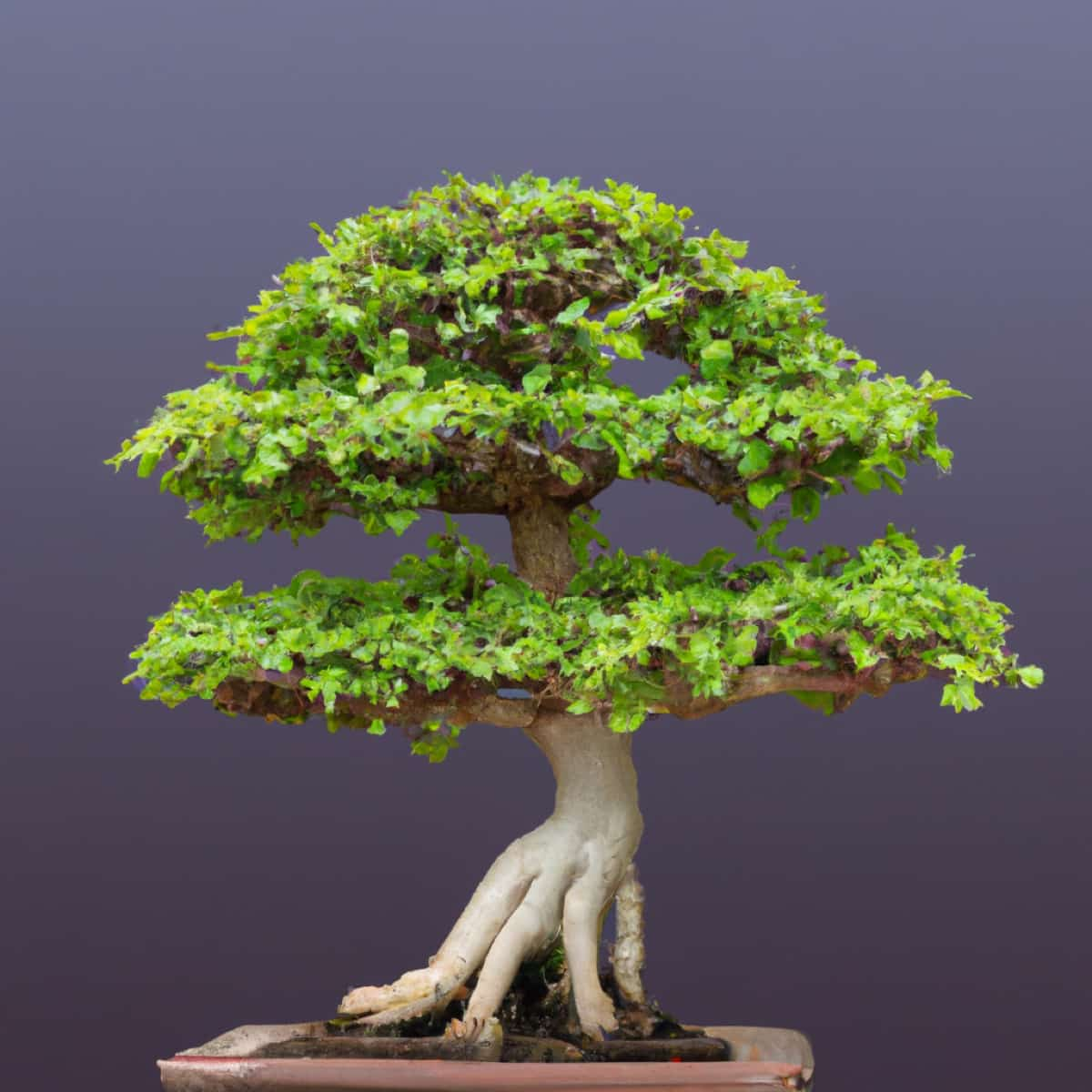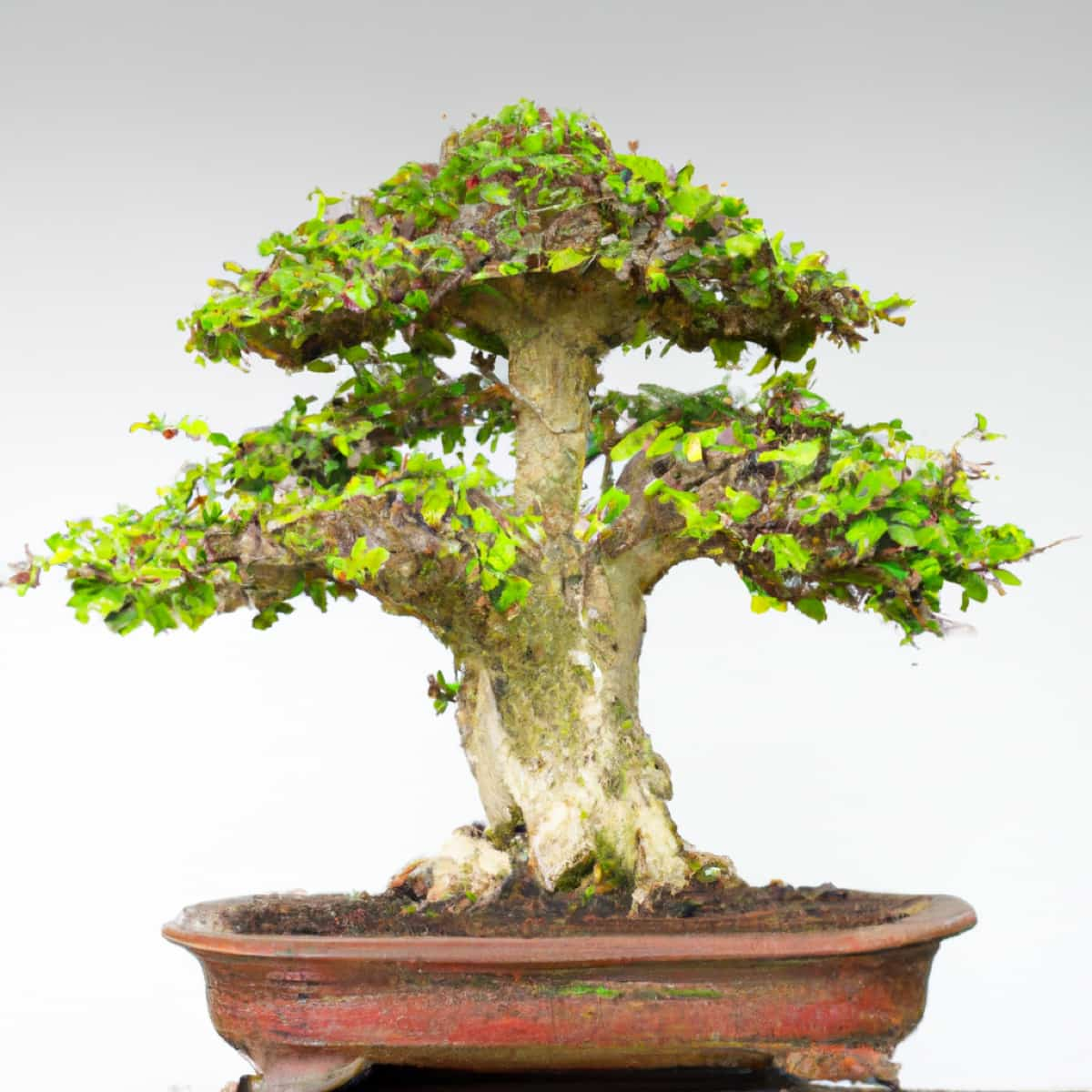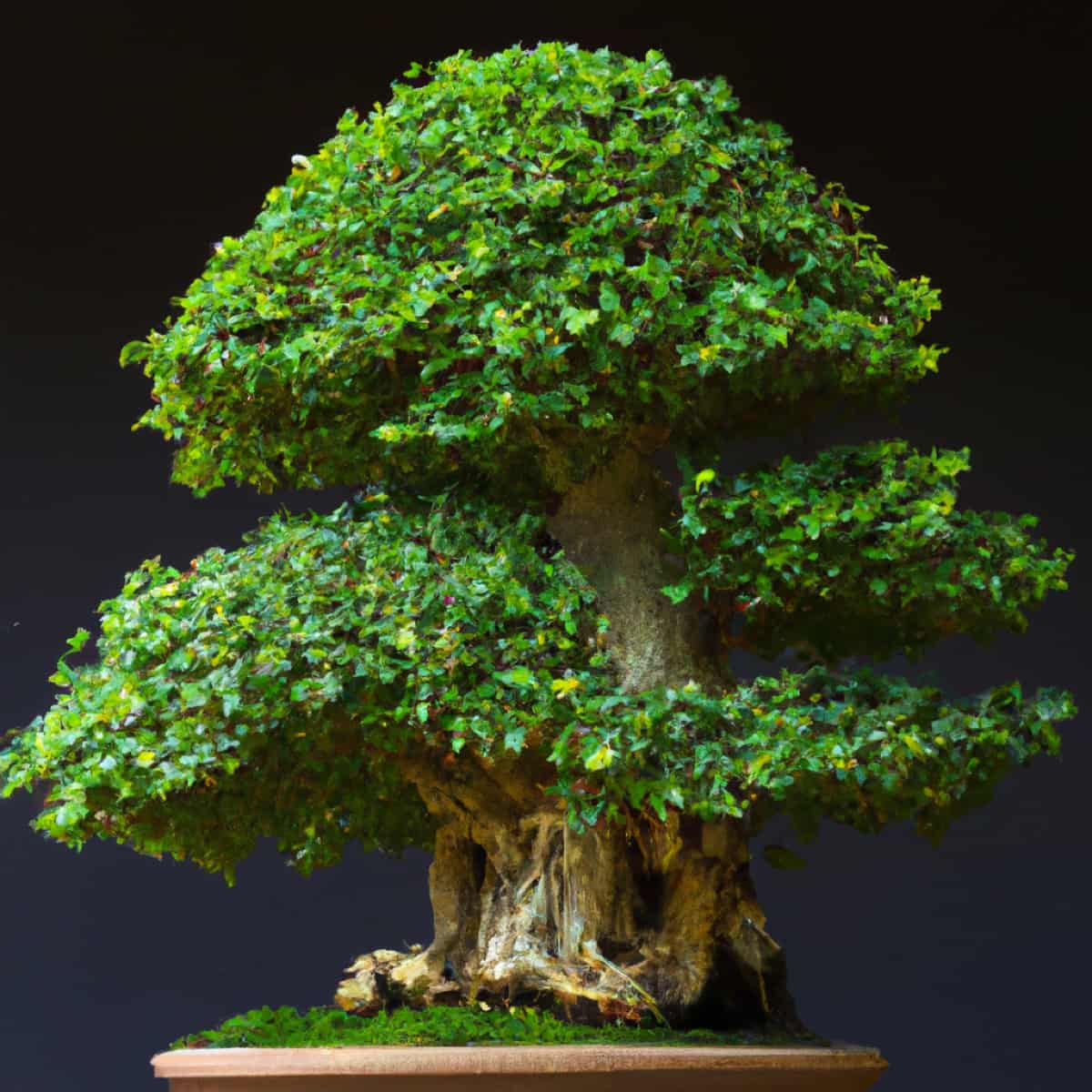Embracing the art of Bonsai can be a uniquely rewarding experience, particularly when nurturing a stunning species like the Carmona. However, there are potential challenges along the way, such as the fear of your Carmona bonsai tree dying or the confusion around how to prune a Carmona bonsai tree. In this article, we will provide a comprehensive guide on growing and caring for a Carmona bonsai plant, also explaining how to bring out the beautiful Carmona bonsai flowers.

How to Grow and Care for Carmona Bonsai
Step-by-Step Guide for Growing Carmona Bonsai
Embarking on your Carmona Bonsai journey starts with selecting a healthy, robust specimen. This is crucial to avoid the all-too-common fear of your Carmona bonsai tree dying. Ideally, choose a young plant in good shape but still flexible enough for training. Next, select a suitable pot. Bonsai pots should be shallow and wide to accommodate the extensive root system, with ample drainage holes to prevent waterlogging. Your next step will involve preparing the soil.
Best Soil Mix for Carmona Bonsai
Carmona bonsai requires a specific soil mix to thrive. It should be well-draining but retain sufficient moisture to sustain the plant. A balanced organic material, sand, and clay mix is often recommended. Akadama, a hard-baked Japanese clay, is an excellent choice as it holds water well and allows roots to breathe. You could add peat moss or vermiculite to retain moisture and grit or perlite for drainage. Add some slow-release granular fertilizer to support initial growth when preparing the soil.
How to Plant Carmona Bonsai Indoors
Indoor planting of Carmona bonsai involves careful attention to location, humidity, and temperature. Carmona bonsai prefers warm, humid conditions, so avoid placing the tree in a drafty or overly dry environment. The location should be bright but not receive direct sunlight all day, as this can scorch the leaves. To create a more humid environment, you could use a humidity tray filled with water and pebbles, positioning the bonsai pot above the water level.
Essential Care Tips for Carmona Bonsai Trees
Caring for a Carmona bonsai tree goes beyond planting it. It involves providing a conducive environment and the right conditions for optimal growth and development. You must pay attention to details like watering, fertilizing, pruning, pest control, light conditions, and winter care. When performed correctly, these tasks help maintain the Bonsai’s health, prevent diseases, and enhance its overall appearance. Ultimately, the joy of watching your Carmona bonsai flourish is unparalleled and more than compensates for the meticulous care it demands.
Watering Techniques for Carmona Bonsai Trees
Watering a Carmona bonsai requires a delicate balance. Excess water causes root rot, while insufficient water results in tree dehydration. As a rule, water the Bonsai when the topsoil feels dry. Avoid watering on a strict schedule, as the plant’s water needs vary with the season and indoor climate. Water the soil generously until it drains out of the holes.
Fertilizing Schedule for Carmona Bonsai Trees
Fertilizing your Carmona bonsai helps to replenish the nutrients in the soil. During the growing season (spring to early autumn), feed the Bonsai every two weeks with a balanced liquid fertilizer. In late autumn and winter, reduce feeding to once a month. Avoid over-fertilization, as this can cause salt buildup in the soil and damage the roots.
Pruning and Shaping Carmona Bonsai
Knowing how to prune a Carmona bonsai tree is vital for maintaining its shape and promoting compact growth. Begin by removing dead or diseased branches, then move on to those out of shape or crossing over others. The goal is to reveal the tree’s structure and allow light to penetrate the inner leaves. For shaping, gently bend young branches and secure them with wire, taking care not to damage the bark.
In case you missed it: How to Grow and Care for Hibiscus Bonsai: Planting, Pruning, and Repotting

Preventing Pests and Diseases in Carmona Bonsai
A Carmona bonsai tree can be susceptible to pests like aphids, scale, and spider mites. To prevent these, keep the tree clean and avoid waterlogging the soil, which can attract fungus gnats. If pests appear, remove them manually or treat them them with insecticidal soap. Correct watering and ensuring good soil drainage can prevent diseases such as root rot.
Ideal Lighting Conditions for Carmona Bonsai
Light is crucial for your Carmona bonsai’s health. Place your tree where it can get bright, indirect sunlight. Excessive sunlight can scorch leaves, and insufficient light results in stunted growth and fewer flowers on Carmona bonsai. A bright window with morning or late afternoon sun is usually a good location.
Winter Care for Carmona Bonsai
During winter, your Carmona bonsai needs special care to survive the lower light levels and drier indoor air. Move the tree to a cooler spot, away from radiators and other heat sources, to simulate its natural dormant period. Reduce watering and feeding, but keep the air around the tree humid. Also, use artificial lights if necessary to ensure the tree still gets enough light.
Repotting Your Carmona Bonsai
Repotting is essential to Carmona bonsai care, typically done every two to three years for younger trees and every three to five years for older ones. It helps to refresh the soil, prevent root-bound conditions, and control the size of the tree. Start by carefully removing the Bonsai from its current pot, preserving as much of the root ball as possible.
Then, gently tease out the roots, trimming away any that are dead or excessively long. Choose a slightly larger pot if the tree has grown, or clean and reuse the old pot. Prepare fresh soil as described in the “Best Soil Mix for Carmona Bonsai” section and place the tree in the pot, covering the roots with soil. After repotting, water thoroughly and keep the tree in a shaded, sheltered location for a few weeks to allow it to recover.
Encouraging Carmona Bonsai Flowers
Carmona bonsai trees are known for their lovely white flowers, which can be encouraged with the right care. Consistent, balanced watering, ample light, and regular feeding are crucial. Avoid excessive fertilization to prevent excessive foliage growth at the expense of blooming. Remember, the flowers of the Carmona bonsai tree generally appear during the growing season, so don’t be concerned if your tree doesn’t flower during the winter months.
If you’ve followed all the care guidelines but your tree still isn’t flowering, it might be due to stress. Factors such as a recent move, repotting, or a drastic change in conditions can cause the tree to prioritize survival over flowering. With patience and continuous care, your Carmona bonsai should eventually reward you with its delicate blossoms.
In case you missed it: How to Grow and Care for Bougainvillea Bonsai: Planting, Pruning, and Repotting

Conclusion
Growing and caring for a Carmona bonsai tree requires time and patience but can be deeply rewarding. By following these guidelines and nurturing your Bonsai with care and attention, you can create a stunning centerpiece that brings a touch of tranquility to your home.
- Feed Your Flock for Less: Top 10 Tips to Save on Chicken Feed
- Ultimate Guide to Ossabaw Island Hog: Breeding, Raising, Diet, and Care
- Hatching Answers: The Top 10 Reasons Your Chickens Aren’t Laying Eggs
- Eggs and Economics: Breaking Down the Cost of Raising Backyard Chickens
- Defend Your Greens: Proven Methods to Keep Iguanas Out of Your Garden
- Ultimate Guide to Cinnamon Queen Chicken: A Comprehensive Guide for Beginners
- Ultimate Guide to California Tan Chicken: Breeding, Raising, Diet, Egg-Production and Care
- Ultimate Guide to Marsh Daisy Chicken: Breeding, Raising, Diet, and Care
- 10 Types of Chicken Farming Businesses You Can Start for Profits